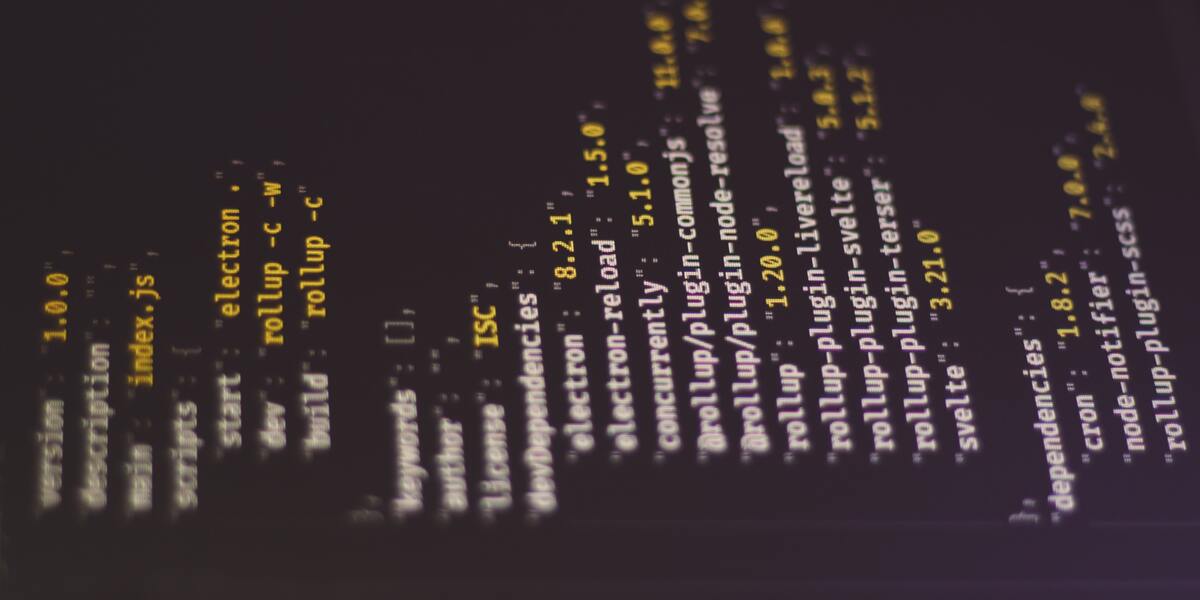Machine learning, the foundation of current mechanical progressions, is a unique field in the IT area. Understanding the various kinds of machine learning algorithms is critical for exploring the complexities of online protection. In this article, we’ll unwind the intricacies behind nine key algorithms, revealing insight into their applications and importance.
Administered Learning
Directed Knowledge In the domain of machine learning, managed learning stands apart as the signal of directed knowledge. Envision it as a computerized disciple learning from an expert. This calculation thrives in errands where an unmistakable guide is accessible, because of marked datasets. In the network protection field, regulated learning becomes the overwhelming focus in applications, for example, spam separating and extortion identification. It succeeds in knowing examples, making forecasts, and distinguishing likely dangers by learning from verifiable information. Through the fastidious course of dissecting input-yield matches, directed learning turns into a sturdy gatekeeper, offering accuracy in a steadily changing computerized scene.
Unsupervised Learning
Finding Examples in Tumult Unaided learning wanders into the unknown regions of information without the advantage of marked direction. Picture it as an inquisitive voyager exploring neglected territory, looking for examples and connections. In network protection, where the scene is frequently turbulent and consistently developing, unaided learning assumes a pivotal part in oddity identification. This calculation flourishes with perceiving anomalies, revealing secret examples that might mean expected dangers. From distinguishing exceptions in network conduct to spotting surprising movement in client accounts, unaided learning goes about as a quiet sentinel, resolutely unraveling the intricacies that dodge natural eyes.

Semi-Managed Learning
Finding Some kind of harmony Finding some kind of harmony between the conviction of directed learning and the freedom of unaided learning, semi-regulated learning arises as a flexible power in the machine learning domain. Envision an insightful tutor directing a gathering of disciples through a to some extent planned domain. In the IT area, this calculation assumes a vital part in situations where getting named information is a test.
It exquisitely joins the qualities of the two universes, utilizing the marked information it has while investigating the unlabeled scene for additional bits of knowledge. In network protection, where information can be immense and marking comprehensive examples is unfeasible, semi-directed learning turns into an essential partner in grouping huge datasets with restricted named tests.
Reinforcement Learning
The Specialty of Dynamic In the powerful scene of machine learning, support learning arises as the craft of navigation. Imagine a calculation as a relentless student exploring a labyrinth, changing its methodology in light of previous encounters. In the IT area, particularly in network protection, where dangers continually develop, support learning turns into a significant resource. This calculation copies human learning, settling on choices through experimentation, adjusting its reactions to arising dangers. It resembles having a computerized watchman that perceives designs as well as develops and refines its reactions to counter new and modern digital dangers.
Decision Trees
Delineating Decisions Choice trees, much the same as computerized flowcharts, are the map makers of the machine learning world, outlining decisions in an organized way. Picture a dynamic interaction unfurling like the parts of a tree, every hub addressing a choice or result. In online protection, choice trees become significant apparatuses for risk appraisal. They help with separating complex choices into a progression of inquiries, directing the framework to decide the best safety efforts. By deliberately assessing different ways, choice trees add to thinking up hearty methodologies for moderating digital dangers.
Random Backwoods
The Force of Aggregate Insight Enter the domain of aggregate insight with Irregular Woodland, a cooperative power that joins various choice trees. Consider it a computerized chamber, where each tree contributes its experiences to improve exactness and decrease the gamble of predisposition. In the IT area, explicitly in network safety, Arbitrary Woodland demonstrates its ability in recognizing pernicious exercises. By dissecting different arrangements of information, this calculation gives a thorough and nuanced understanding, guaranteeing a stronger safeguard against steadily developing digital dangers.
Neural Organizations
Copying the Mental ability Step into the domain of machine learning that reflects the intricacy of the human mind – brain organizations. Envision a computerized brain symphony, with interconnected hubs orchestrating to perceive many-sided designs. In the online protection space, brain networks sparkle in errands like interruption discovery, where the capacity to perceive complex and it is foremost to develop dangers. By reproducing the mental ability, these organizations succeed in handling immense measures of information, making them essential gatekeepers in the computerized domain.
Support Vector Machines
Defining the Boundary Meet the planners of arrangement and relapse errands – Backing Vector Machines (SVMs). Picture a computerized craftsman defining boundaries in a multi-faceted space to isolate information into particular classes. In the IT area, SVMs assume a urgent part in recognizing and forestalling digital dangers. By making hyperplanes to recognize various classes, these machines go about as careful watchmen, guaranteeing the honesty and security of computerized spaces.
Clustering Algorithms
Gathering Comparable Elements Enter the universe of information order with bunching algorithms, the overlooked yet truly great individuals gathering comparable substances in a computerized domain. Picture a computerized custodian arranging books on comparable subjects onto a similar rack. In the online protection scene, bunching algorithms become fundamental for gathering comparable dangers. By classifying information focuses in light of likenesses, these algorithms smooth out the ID and relief process, giving a precise way to deal with battling a different cluster of digital dangers.
Conclusion
As we explore the steadily growing outskirts of machine learning in network protection, the meaning of these algorithms couldn’t possibly be more significant. From regulated learning’s accuracy to solo learning’s flexibility, and from choice trees’ organized direction to brain organizations’ complex example acknowledgment, every calculation assumes a fundamental part in sustaining our computerized protections. In a time where digital dangers develop with extraordinary speed, understanding and utilizing these machine learning algorithms are fundamental as well as basic for shielding the computerized future.